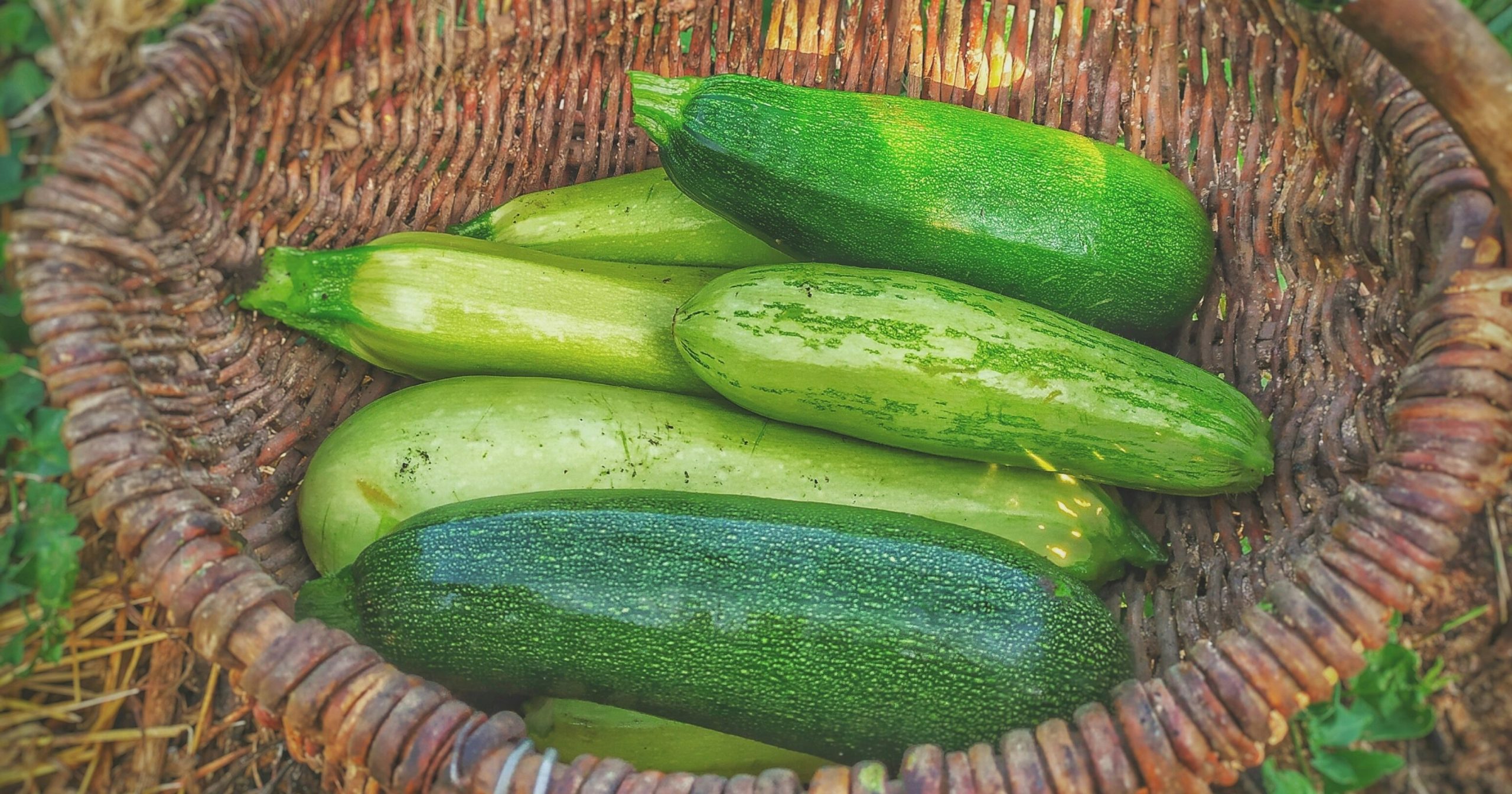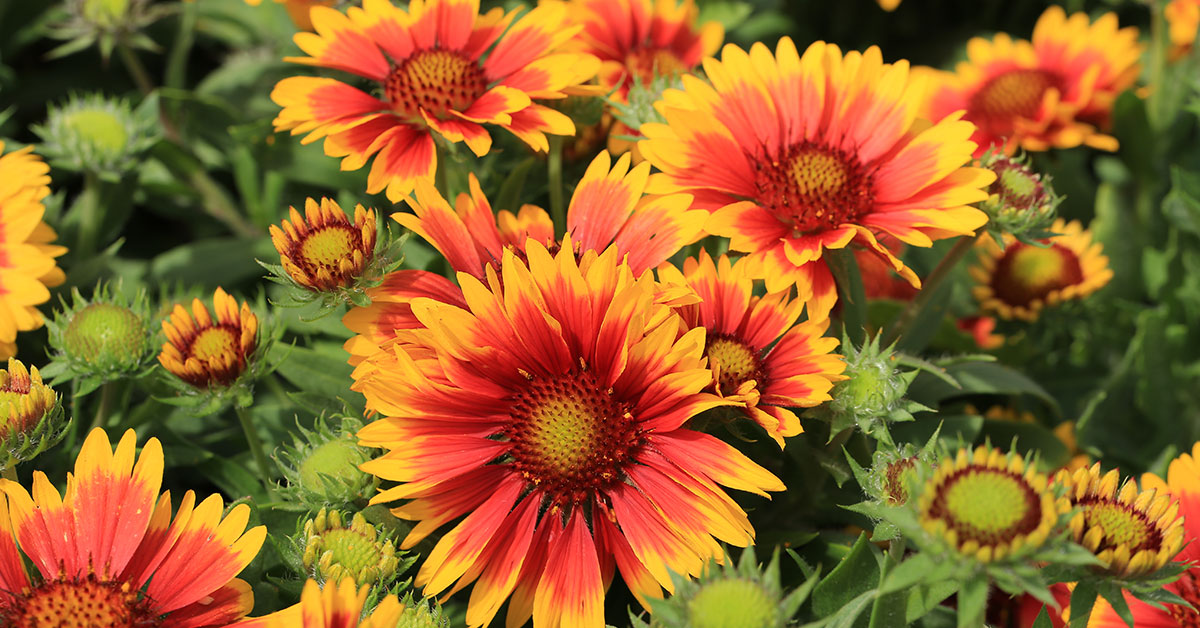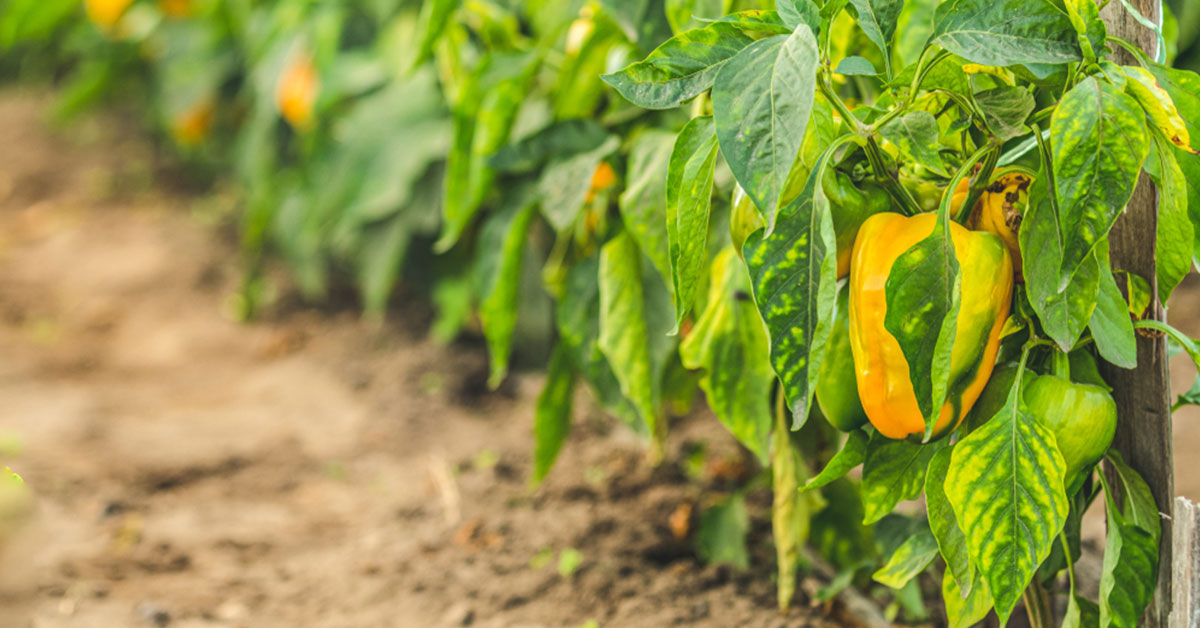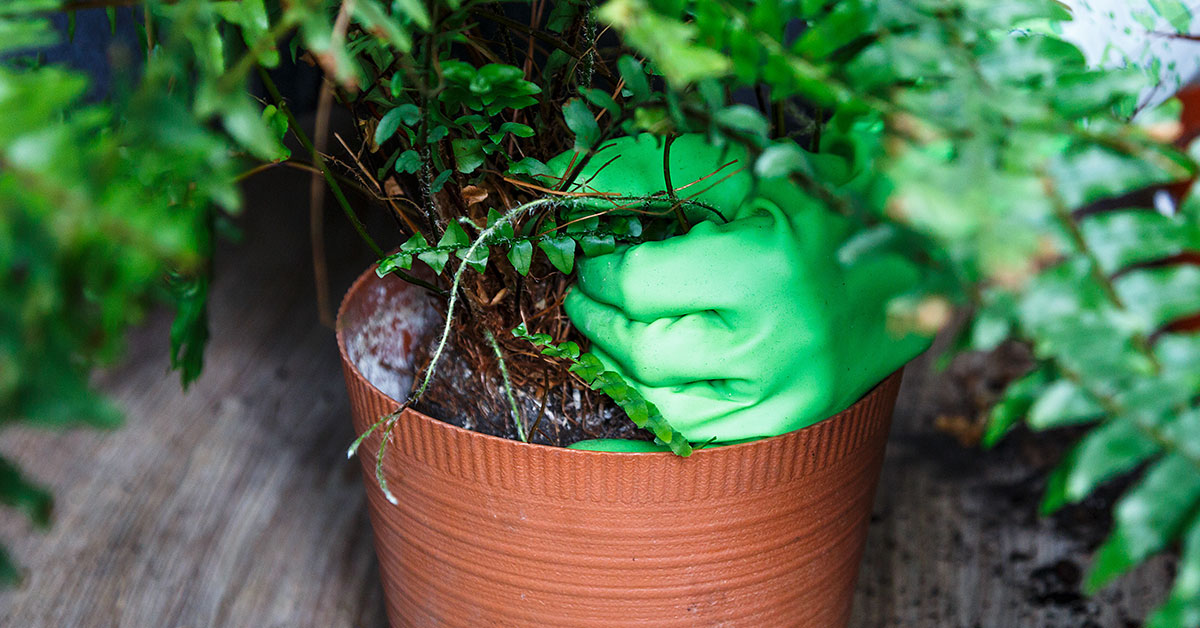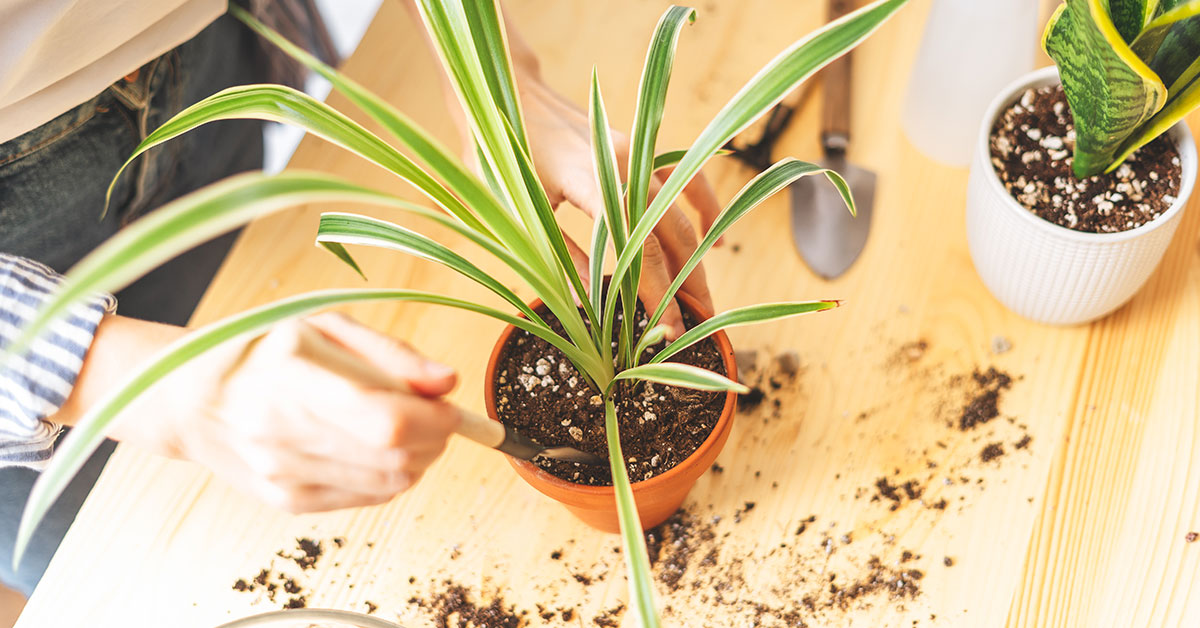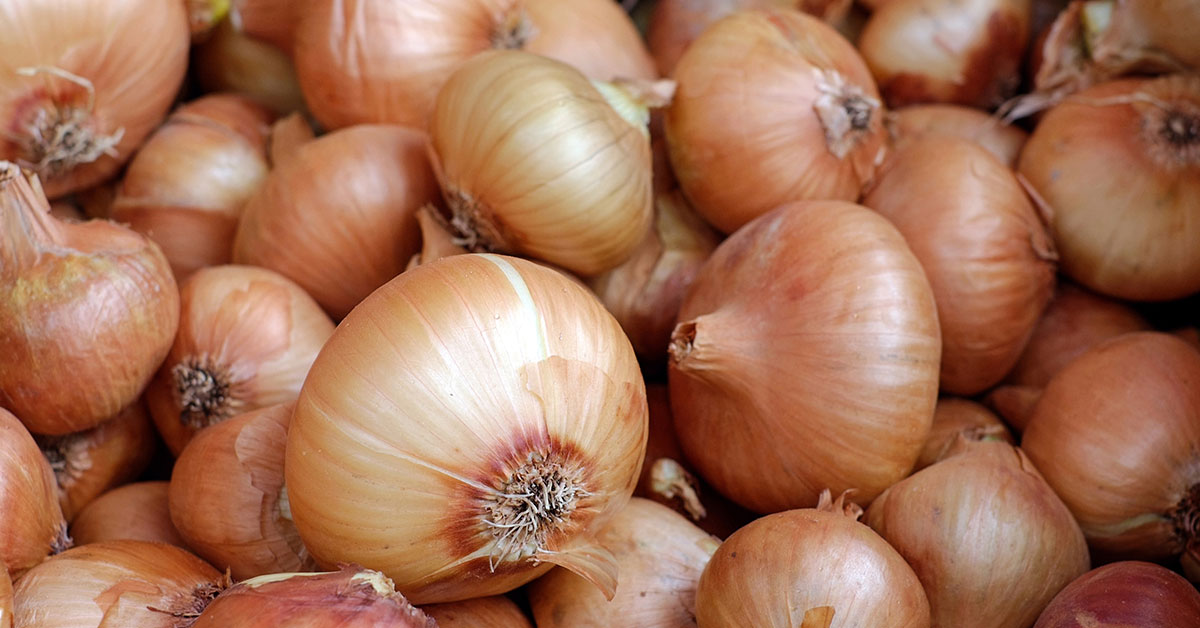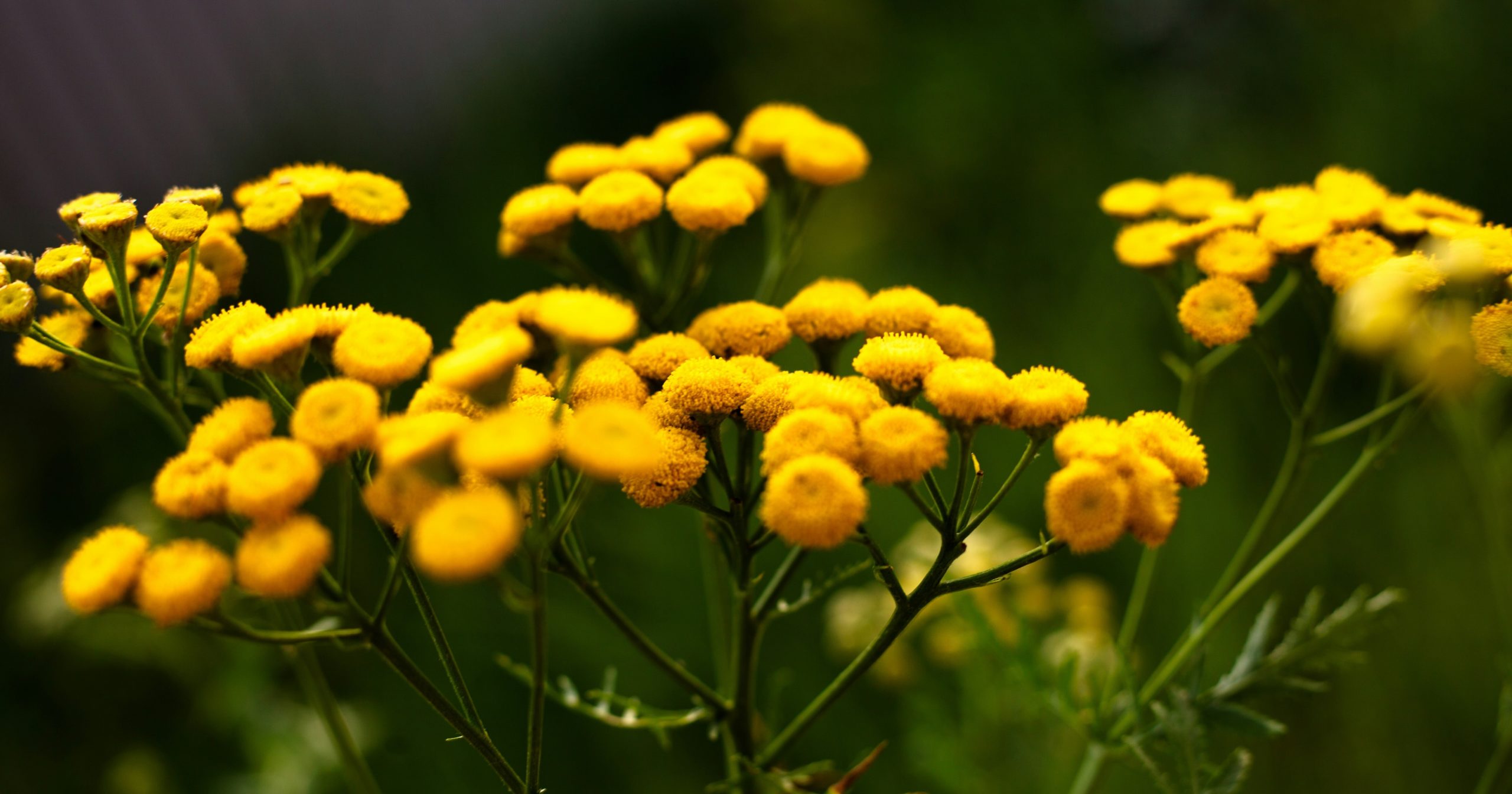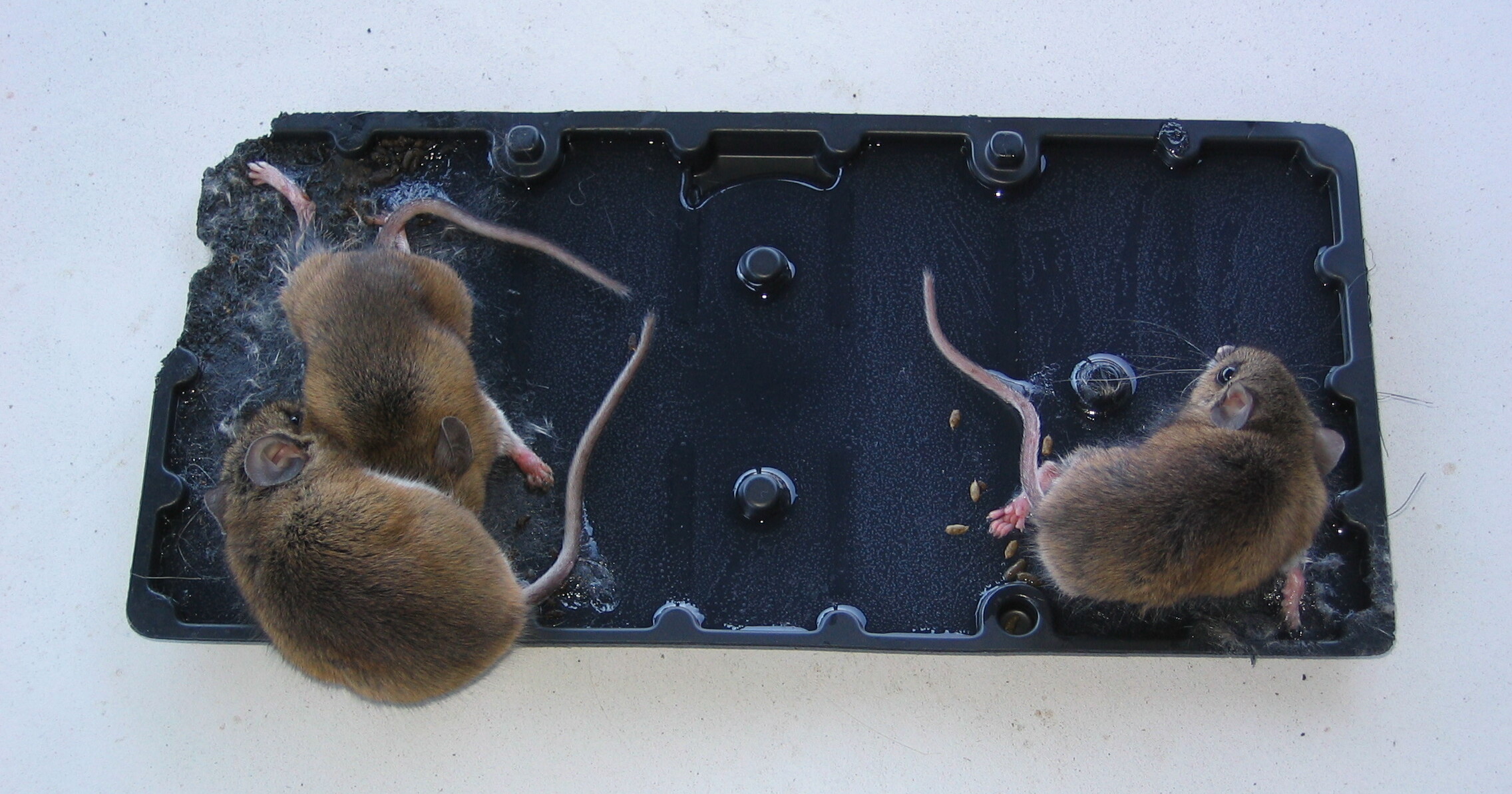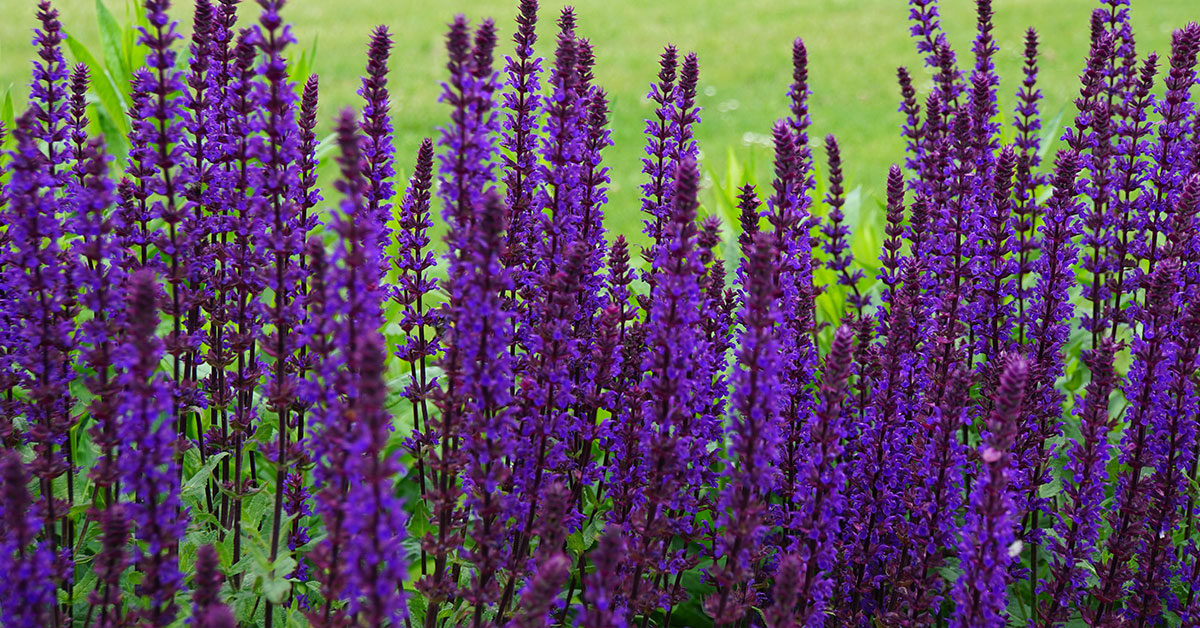Growing your own food isn’t just about that unbeatable taste of fresh-picked produce or the joy of watching your garden thrive (though those are pretty great perks). It’s also about taking a stand against those sky-high grocery bills that we’re all suffering through right now.
If you don’t have a lot of space but want to really maximize how much your garden produces, these 10 high-yield vegetables are the ones to grow. Let’s dive in.
Tomatoes
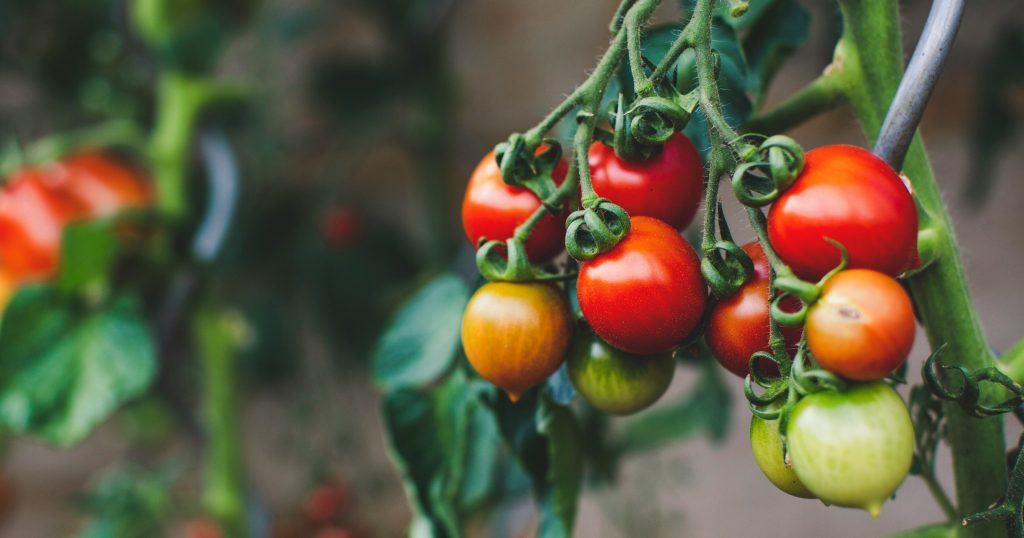
Tomatoes, cherished for their versatility and nutritional value, are a cornerstone of both home gardens and commercial agriculture, capable of producing significant yields under the right conditions. The productivity of a tomato plant varies widely, influenced by factors such as variety, growing conditions, and the level of care it receives. On average, a healthy plant can yield between 10 to 15 pounds of fruit per season, with some gardeners reporting over 20 pounds per plant under ideal conditions.
For those aiming to maximize their harvest, selecting high-yield varieties and implementing effective cultivation strategies are key. Beefsteak, cherry, and Roma tomatoes, along with certain heirloom varieties, are known for their substantial productivity, offering a range of sizes, flavors, and uses from fresh consumption to canning. Achieving peak yields requires careful attention to soil health, consistent watering, adequate fertilization, and diligent pest and disease management, alongside ensuring plants receive sufficient sunlight and are supported by staking or caging to prevent contact with the ground.
Zucchini
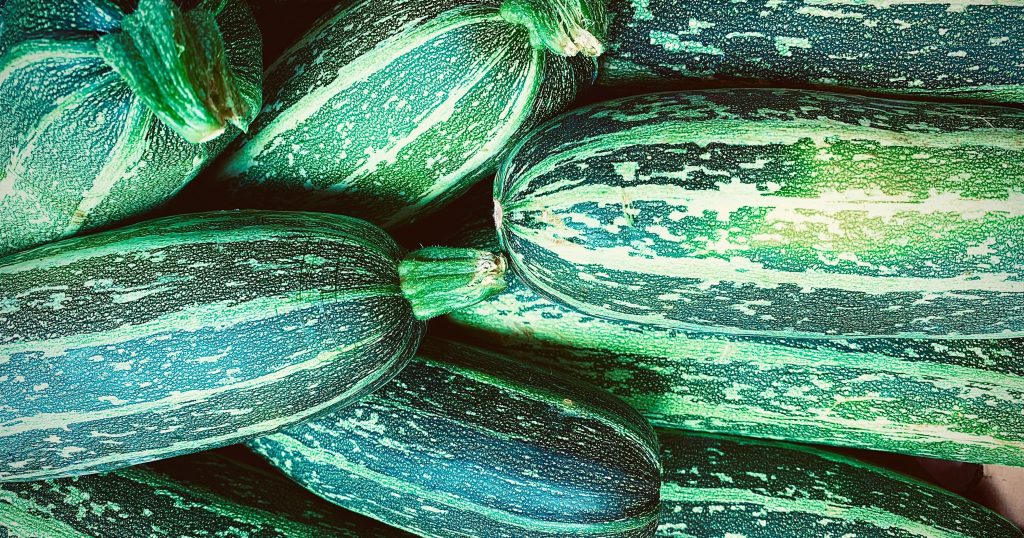
Zucchini is celebrated in gardens for its quick growth and versatility, producing an average of 6 to 10 pounds of fruit per plant during the growing season, a number that can increase with optimal care, including proper watering, fertilization, and pest management. The variety of zucchini chosen plays a significant role in the abundance of the yield, with some varieties such as ‘Black Beauty’, ‘Golden Zucchini’, ‘Costata Romanesco’, ‘Dunja’, and ‘Patio Star’ being particularly noted for their high productivity, disease resistance, and suitability for various gardening spaces.
Gardeners aiming to maximize their zucchini harvest will find success by selecting these high-yield varieties and providing them with consistent care. Frequent harvesting of young and tender fruits, about 6 to 8 inches in length, not only ensures the best quality for culinary use but also stimulates the plant to continue producing more fruit. Providing ample space for air circulation and practicing regular maintenance routines further enhances yield, making zucchini a rewarding choice for both novice and experienced gardeners alike, offering a bountiful supply for kitchen use throughout the summer.
Cucumbers
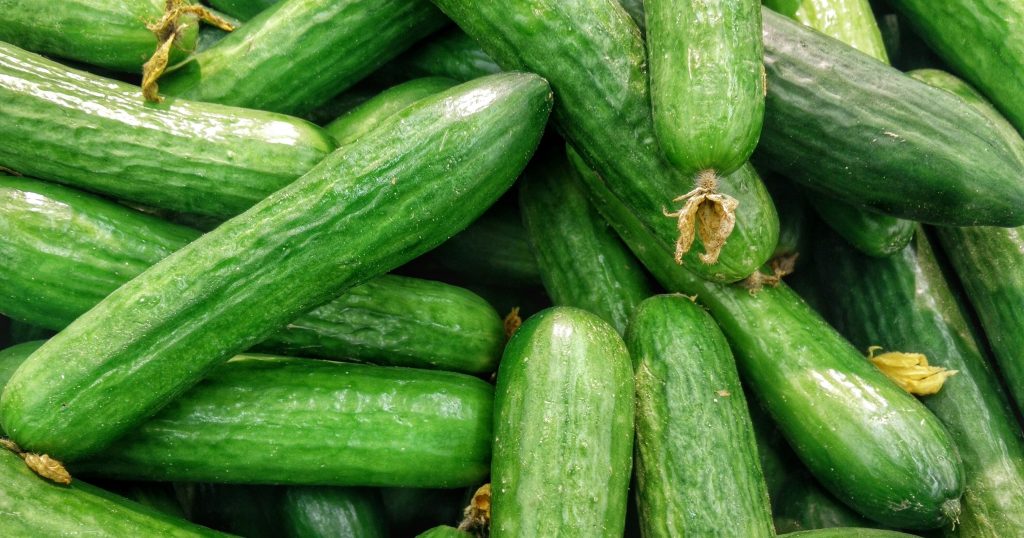
Cucumbers stand out as a highly productive crop in the vegetable garden, with a well-cared-for plant capable of yielding 10 to 20 pounds of fruit throughout the growing season. This output, however, hinges on various factors including the cucumber variety, the specific growing conditions, and the gardener’s care practices. High-yielding varieties such as ‘Marketmore 76’, known for its disease resistance and vigorous production, ‘Diva’ with its tender, seedless fruits, ‘Bush Champion’ suited for limited spaces, ‘Sweet Success’ for its lengthy, sweet cucumbers, and ‘County Fair’, distinguished by its disease resistance and seedless production, are essential for maximizing harvests.
Achieving optimal cucumber yields involves ensuring warm soil, consistent watering during key growth phases, and utilizing trellises to boost air flow, reduce disease risk, and simplify harvesting. Regular collection of young and tender cucumbers not only secures the best quality for eating but also encourages the plants to produce more fruit.
Bell Peppers
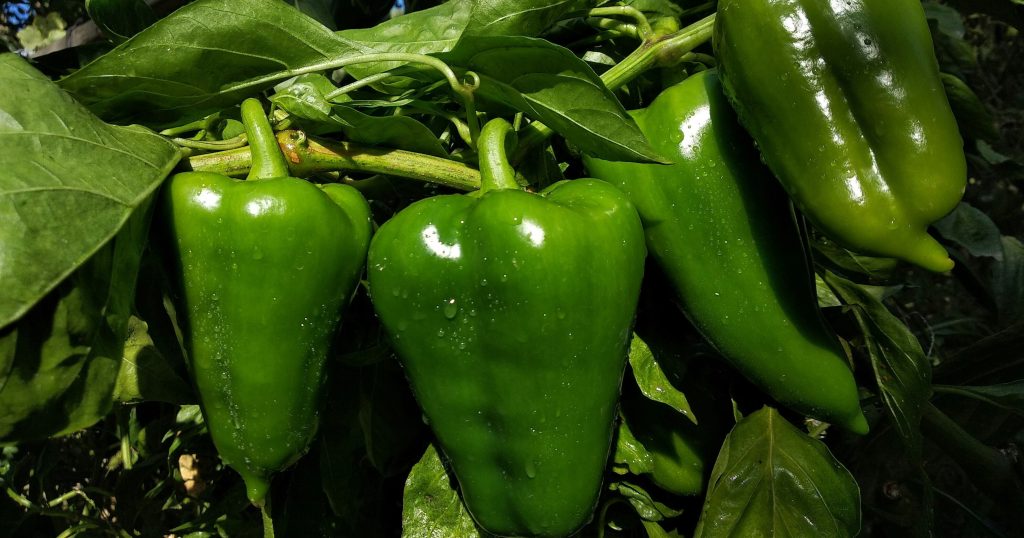
Bell peppers are a favored crop among gardeners for their array of colors, sweet taste, and potential for high yields. The output of bell pepper plants is subject to variation, influenced by the plant variety, environmental conditions, and the level of care provided. On average, a single plant is capable of producing 3 to 5 pounds of peppers over the growing season, with optimal care practices potentially leading to even greater yields. High-yield varieties such as ‘California Wonder’, ‘Big Bertha’, ‘Orange Blaze’, ‘Yolo Wonder’, and ‘Purple Beauty’ are particularly valued for their robust production of large, flavorful peppers, offering both aesthetic appeal and versatility in the kitchen.
For gardeners aiming to maximize their bell pepper harvests, ensuring plants receive full sun, warm temperatures, and regular watering is crucial. Bell peppers thrive in well-drained, fertile soil and benefit from support systems like staking to bear the fruit’s weight without breaking. Applying a balanced fertilizer regularly can further enhance growth and fruiting. It’s critical to harvest the peppers at full maturity to encourage continuous production, although they can be picked at various stages of growth depending on preference.
Beans
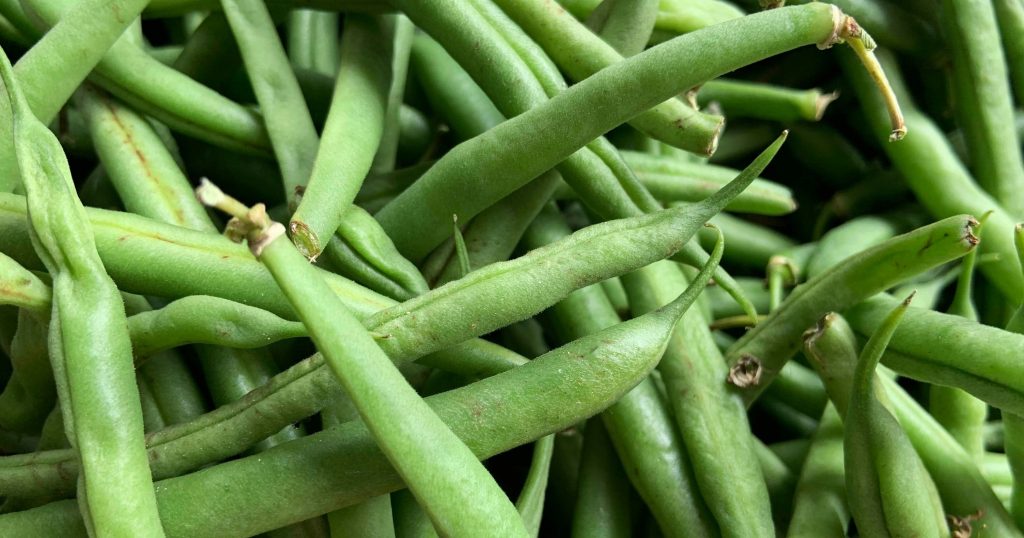
Beans, encompassing both pole and bush varieties, are highly valued in vegetable gardens for their substantial yield potential and nutritional benefits. Pole beans are noted for their higher yield per plant due to their ongoing production across the growing season, while bush beans, though having a shorter harvesting time, can also yield prolifically with appropriate care. High-yielding bean varieties such as Blue Lake, Kentucky Wonder, Provider, Roma II, and Fortex are favored for their robust growth, flavorful pods, and adaptability to a range of growing conditions, offering both bush and pole options to suit different gardeners’ needs.
To ensure high bean yields, it’s crucial to provide plants with full sun, well-drained soil, and moderate watering, particularly when pods start forming. Pole beans require a sturdy trellis or support system to facilitate their climbing nature and optimize garden space use, while bush beans benefit from succession planting every 2-3 weeks for a steady supply throughout the season. Additionally, regular harvesting encourages further production, particularly for pole beans.
Lettuce
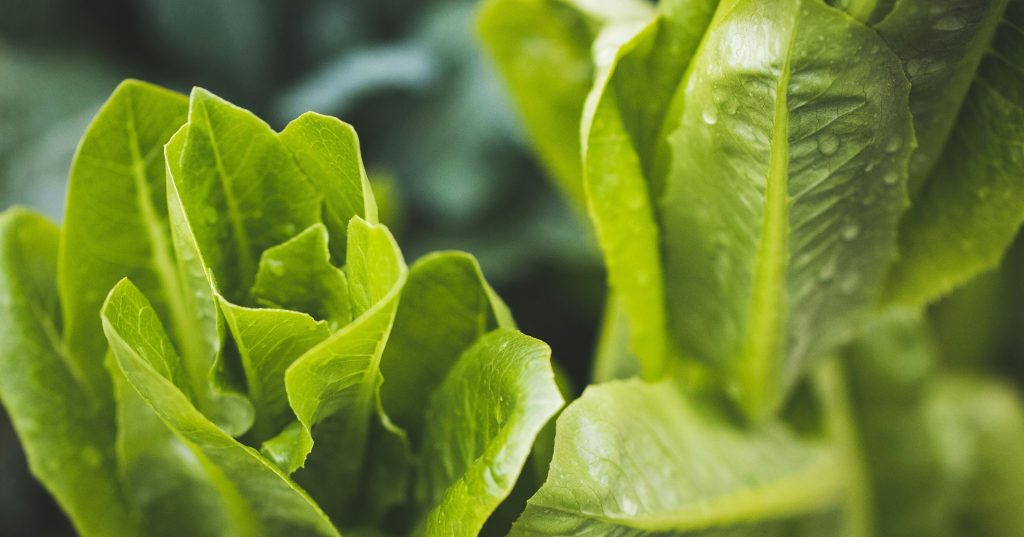
Lettuce, with its varieties including leaf, romaine, iceberg, and butterhead, is a favored cool-season crop in gardens for its rapid growth and potential for continuous harvest when properly managed. The yield from lettuce plants varies significantly based on their variety, growing conditions, and harvesting method. Utilizing the “cut-and-come-again” method, where multiple leaves are harvested over time rather than removing the entire plant at once, can significantly increase the harvest from a single plant, providing gardeners with a sustainable source of fresh greens.
To maximize lettuce yields, gardeners should select suitable varieties such as Salad Bowl, Romaine, Butterhead, Iceberg, and Oakleaf, each offering distinct advantages in terms of growth rate, tolerance to heat, and suitability for different harvesting methods. Employing successive planting, sowing seeds or planting seedlings every two weeks during cooler weather, ensures a steady supply throughout the growing season. Adequate soil preparation, consistent moisture, and measures like mulching and using floating row covers to extend the growing season and protect against cold, are crucial.
Spinach
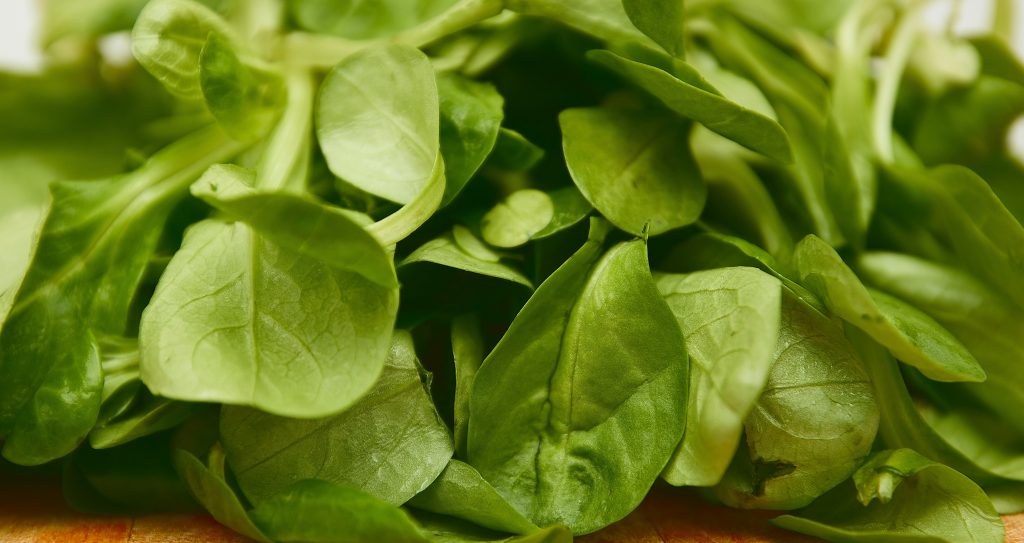
Spinach, a highly nutritious and fast-growing leafy green, is valued in gardens for its productivity in cool seasons, notably early spring and late fall. Utilizing the “cut-and-come-again” method enables multiple harvests from a single plant, enhancing yield from a compact area. While spinach plants can typically yield 2 to 3 pounds of leaves per 10-foot row, factors such as variety, growing conditions, and harvesting techniques can influence overall productivity. Gardeners aiming for maximum yield should consider varieties such as ‘Bloomsdale Long Standing’, ‘Tyee’, ‘Teton’, and ‘Space’, each offering unique benefits like cold tolerance, disease resistance, and suitability for different culinary uses.
To maintain a steady supply of spinach, implementing succession planting by sowing seeds every two weeks during favorable growing conditions is key. Spinach prefers well-drained, organically rich soil and cooler temperatures, which makes it perfect for planting in early spring and late fall. In areas with mild winters, it’s possible to grow spinach throughout the winter months, ensuring a continuous harvest.
Kale
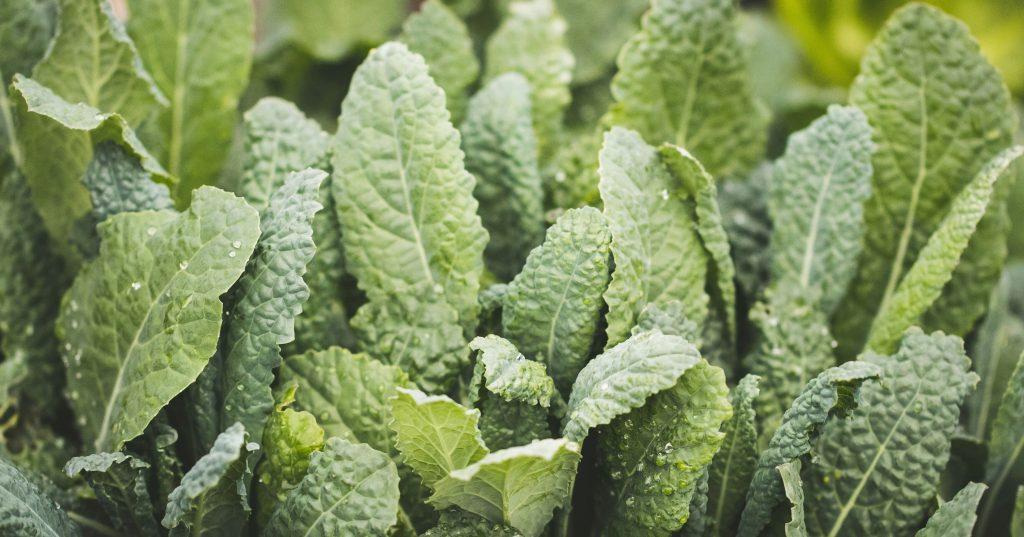
Kale, known for its hardiness and health benefits, is a popular cool-season crop that thrives in many gardens. Its ability to endure cold temperatures uniquely benefits its growth, with its flavor even improving after a frost. Through proper harvesting techniques, such as the “cut-and-come-again” method, a single kale plant can produce leaves throughout the growing season, allowing a few plants to yield a generous harvest. High-yielding varieties like ‘Winterbor’, ‘Starbor’ for curly kale, ‘Lacinato’ or ‘Dinosaur’ kale for textured, nutrient-rich leaves, ‘Red Russian’ kale for sweet, tender foliage, and Siberian kale for its cold-hardiness and rapid growth are excellent choices for gardeners looking to maximize their output.
For a continuous supply of kale, it’s crucial to harvest the outer leaves while letting the center continue to grow, extending the harvest from early spring to late fall, or even through winter in certain climates. Kale grows best in well-drained, fertile soil, benefiting from regular watering, mulching to retain moisture and suppress weeds, and thriving in full sun to partial shade.
Radishes
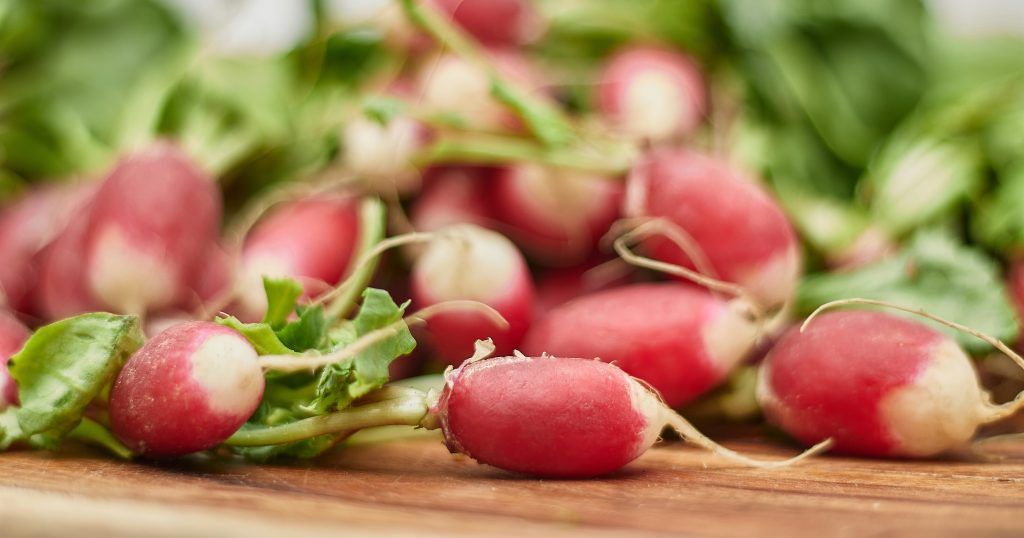
Radishes stand out in the garden for their quick growth cycle and ease of cultivation, making them a favorite among those seeking fast and straightforward yields. With some varieties capable of maturing in just three to four weeks, radishes are perfect for successive planting, offering a continuous harvest throughout the growing season. The distinction between spring and winter varieties allows gardeners to choose based on desired maturity speed and root size, with spring radishes like ‘Cherry Belle’, ‘French Breakfast’, and ‘Sparkler’ maturing quickly and offering smaller, crisp roots, while winter varieties such as ‘Daikon (White Icicle)’ and ‘Watermelon Radish’ take longer but produce larger, flavorful roots.
To achieve optimal radish yields, it’s important to plant them in well-drained soil enriched with organic matter and ensure they receive full sun to partial shade. Regular watering is necessary to maintain consistent moisture for uniform growth, avoiding waterlogged conditions. Successive planting every week or two, starting early for spring varieties and later in the summer for winter types, ensures a steady crop.
Carrots
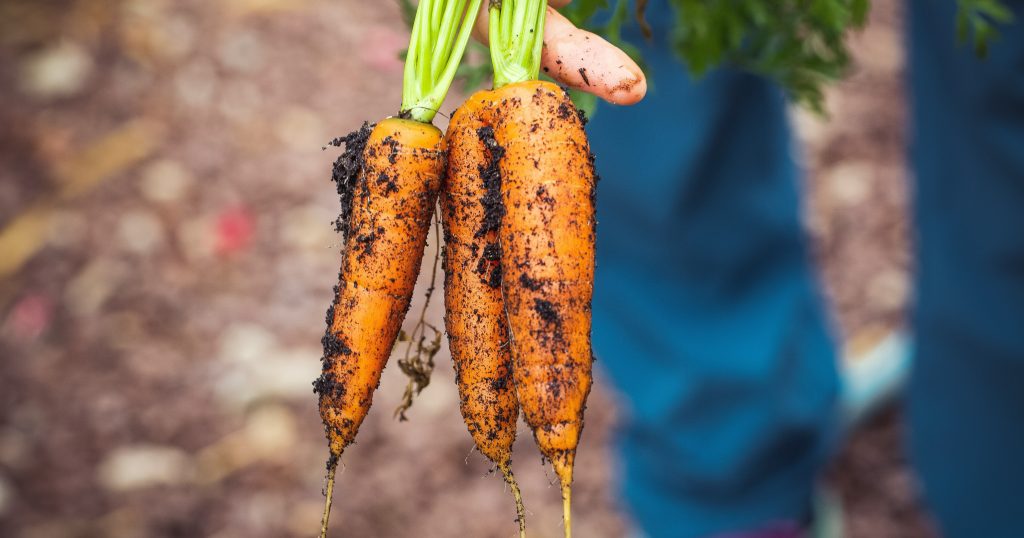
Carrots thrive in cooler temperatures, ideal for early spring and late summer planting, with the potential to produce 1 to 2 pounds of carrots per square foot of garden space, influenced by the carrot variety and growing conditions. High-yielding varieties such as Nantes, known for their sweet flavor and uniform shape; Imperator, prized for their length and crunchiness; Danvers, adaptable to various soil conditions; Chantenay, suitable for heavier soils; and Parisian, perfect for shallow soils, offer gardeners options to maximize their harvest based on specific garden characteristics.
Direct sowing carrot seeds and careful thinning to 2 to 3 inches apart are essential to avoid overcrowding and ensure proper root development. Maintaining consistent moisture, particularly during germination and early growth, using mulch to retain soil moisture, and employing successive planting every 2 to 3 weeks can extend the harvest period. Effective pest management, including the use of floating row covers and crop rotation, can protect the crop from common pests like carrot rust flies and aphids, ensuring a healthy and productive carrot yield throughout the growing season.
